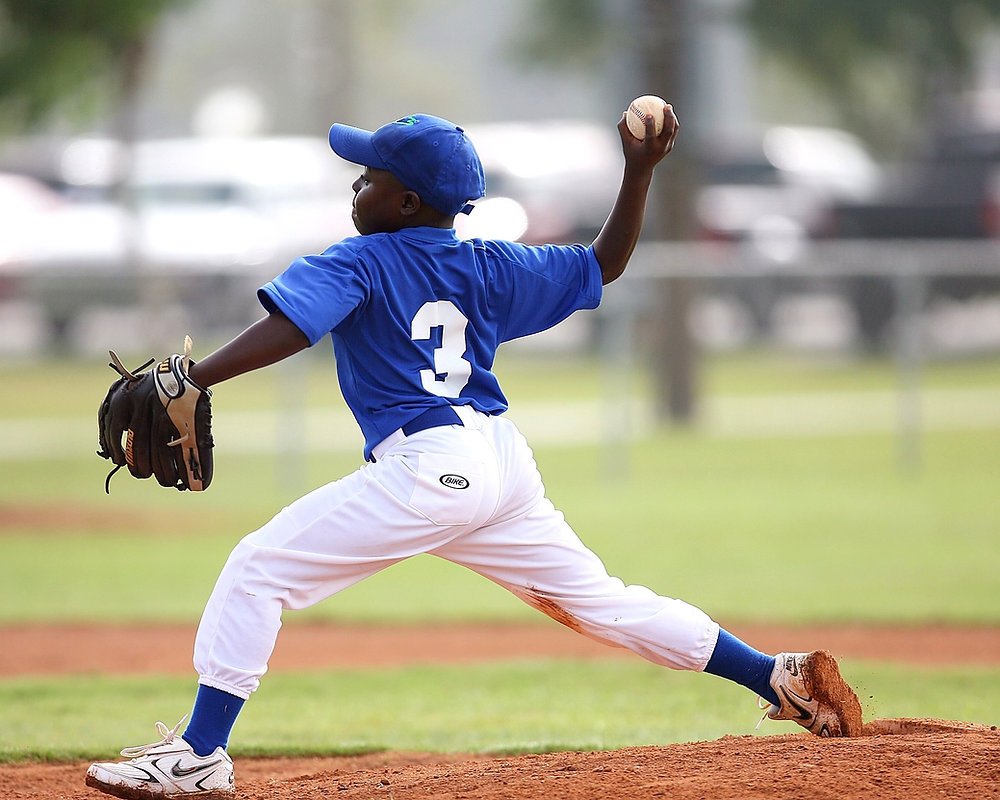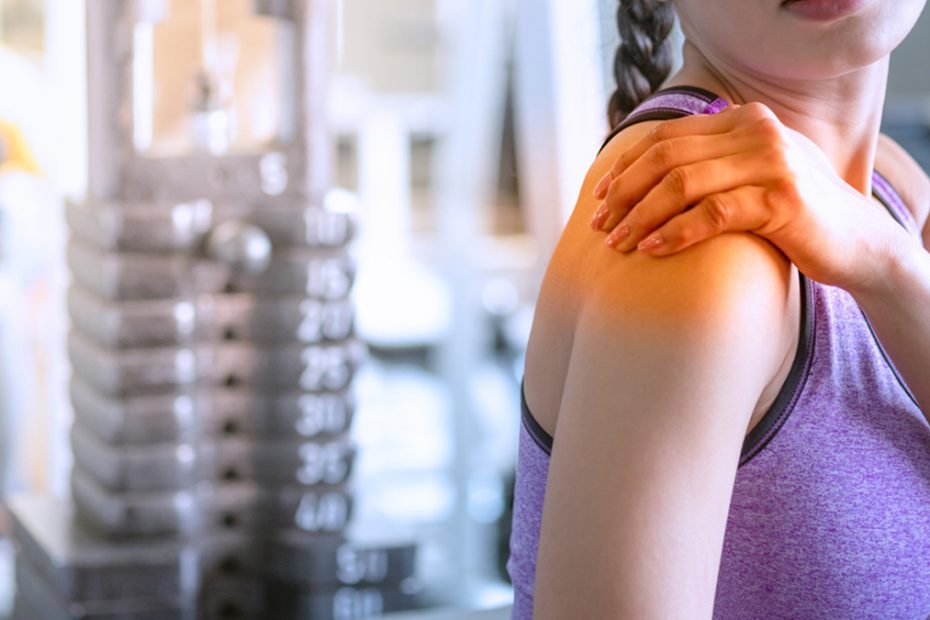Tears to the specialized cartilage tissue in the shoulder known as the labrum can cause pain and instability in the shoulder.
A shoulder labrum tear can be a serious injury no matter your age or professional level. The majority of labrum tears don’t happen in one day and are usually a result of repetitive trauma inside the shoulder.
A labrum tear is a tear in the labrum, a ring of cartilage that surrounds the ball-and-socket joint of the shoulder or hip. The labrum helps to deepen the socket and keep the ball in place. It also helps to absorb shock and provide stability to the joint.
Labrum tears can be caused by a variety of factors, including:
- Acute injury: A labrum tear can occur as a result of a sudden injury, such as a fall or a dislocation.
- Overuse: Over time, repetitive motions can put stress on the labrum and lead to a tear. This is common in athletes who participate in sports such as baseball, tennis, and volleyball.
- Degenerative changes: As we age, the labrum can become thinner and more susceptible to tears.
What does a torn shoulder labrum feel like?
The most common symptoms of a torn shoulder labrum are: shoulder pain, instability and, in some cases, a feeling of grinding, locking or catching while moving the shoulder. These symptoms may vary depending on the type of labral tear a person has.
Symptoms of a labrum tear can vary depending on the location and severity of the tear. Common symptoms include:
- Pain: Pain in the shoulder or hip is the most common symptom of a labrum tear. The pain may be worse with activity and improve with rest.
- Instability: A labrum tear can cause the shoulder or hip to feel unstable. This may lead to a feeling that the joint is about to slip out of place.
- Catching or locking: A labrum tear can cause the shoulder or hip to catch or lock during movement.
- Reduced range of motion: A labrum tear can limit the range of motion in the shoulder or hip.
If you are experiencing any of these symptoms, it is important to see a doctor get the right diagnosis and treatment plan. At VSMD, we use physical evaluation and ultrasound to identify the root cause of your shoulder pain and injury.

Majority of the labrum tears don't occur suddenly but occur overtime due to repetitive motion mainly seen in baseball pitchers, football players and volleyball players who engage in high-energy, quick-snap motions over the top of the shoulder.
- Physical Evaluation
- In-office Ultrasound
- Joint Injection
- Physical Therapy
Shoulder Labrum Tear Treatment Plan
Treatment for a labrum tear will depend on the severity of the tear and the individual’s activity level. Non-surgical treatment options may include:
- Rest: Resting the affected joint is important for healing. Activity restrictions may be necessary for several weeks.
- Ice: Applying ice to the affected joint for 20 minutes at a time, several times a day, can help to reduce pain and inflammation.
- Compression: Wearing a compression bandage or sleeve can help to reduce swelling and support the joint.
- Physical therapy: Physical therapy can help to strengthen the muscles around the affected joint and improve range of motion.
- Platelet Rich Plasma: Platelet-rich plasma (PRP) injections can be used to treat shoulder labrum tears. PRP injections use concentrated platelets from the patient’s own blood. The growth factors in the PRP activate natural healing responses for the labrum tear.
If non-surgical treatment options are not effective, surgery may be recommended. The goal of surgery is to repair the torn labrum and restore stability to the joint.
After surgery, patients will need to undergo physical therapy to regain range of motion and strength in the affected joint.
Prevention
There are a few things you can do to help prevent labrum tears, including:
- Warm up properly before participating in any activity that requires repetitive overhead arm movements.
- Strengthen the muscles around your shoulder or hip joint.
- Use proper technique when performing overhead or repetitive activities.
- Avoid lifting heavy objects overhead or performing repetitive activities that cause pain.
- Take breaks when participating in activities that require repetitive overhead arm movements.
If you are an athlete, it is also important to see a sports medicine doctor for regular checkups. They can help you identify any potential problems and recommend preventive measures.
Joint health importance and improvement should be part of our daily regiment
Ways to improve bone and joint health include a diet rich in fresh fruits and vegetables. Leafy greens are especially rich in calcium and other minerals that can help both your joints and bones. If you exercise, be sure to choose low impact exercises that do not place too much strain on your joints. Many people choose walking, cycling or swimming to stay in shape. Yoga and gentle stretching can help keep your joints more flexible, too. Lifting small weights can also improve your bone density.
Exercise also improves mood, reduces stress and boosts your immune system. The best time to fight osteoporosis is before it begins. Bone and joint health are a part of your overall wellness. You should also talk to your doctor, as certain medications (even over the counter ones), can leech calcium from your bones.
